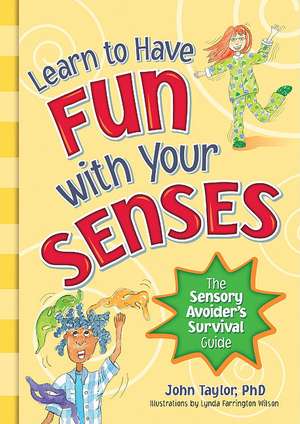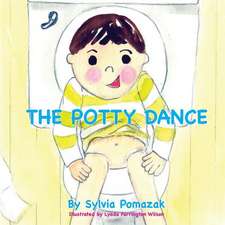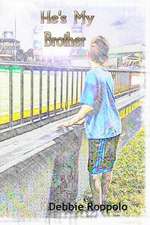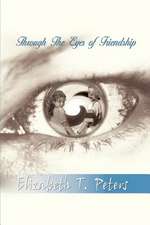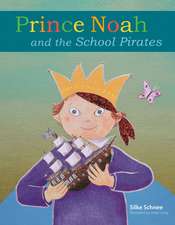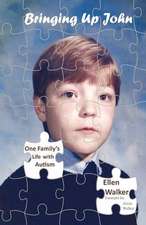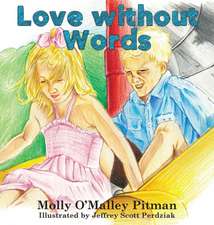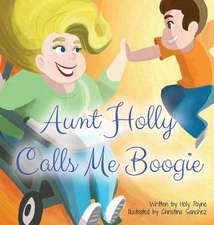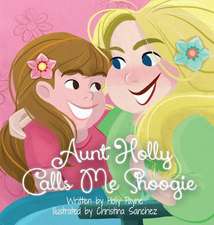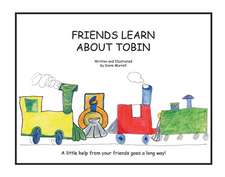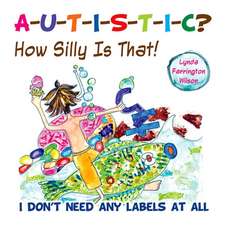Learn to Have Fun with Your Senses: The Sensory Avoider's Survival Guide
Autor John Taylor Ilustrat de Lynda Farrington Wilsonen Limba Engleză Paperback – 28 feb 2011 – vârsta de la 9 până la 12 ani
This book represents an introduction to the human senses for kids. It might be your child’s first “read about your own problems” guide. It explains what can go wrong when the brain inappropriately magnifies the messages sense organs send to it.
Making inappropriate responses to sensory input from various senses is commonly referred to as sensory processing disorder, or SPD. The child avoids, resists, or becomes emotionally upset about experiencing sensory awareness, to a level that significantly interferes with a child’s ability to perform the necessary major functions of daily living. This book is a therapy guide for any child with sensory issues.
Preț: 106.83 lei
Nou
Puncte Express: 160
Preț estimativ în valută:
20.44€ • 21.27$ • 16.88£
20.44€ • 21.27$ • 16.88£
Carte disponibilă
Livrare economică 24 martie-07 aprilie
Preluare comenzi: 021 569.72.76
Specificații
ISBN-13: 9781935567240
ISBN-10: 1935567241
Pagini: 138
Dimensiuni: 152 x 216 x 10 mm
Greutate: 0.27 kg
Editura: FUTURE HORIZONS
ISBN-10: 1935567241
Pagini: 138
Dimensiuni: 152 x 216 x 10 mm
Greutate: 0.27 kg
Editura: FUTURE HORIZONS
Cuprins
Table of Contents
A Special Message for the Parent and Teacher
Chapter 1: Have Fun with Your Senses!
Chapter 2: Stop Overreacting in Three Steps
Chapter 3: Have Fun with Your Sense of Touch
Chapter 4: Have Fun with Your Sense of Movement
Chapter 5: Have Fun with Your Sense of Hearing
Chapter 6: Have Fun with Your Sense of Vision
Chapter 7: Have Fun with Your Senses of Taste and Smell
Chapter 8: Eat the Right Foods
Chapter 9: Get Good Sleep
Chapter 10: Take Good Care of Yourself
Resources
About the Author
Notă biografică
Regarded as an innovator in the field of ADD, John F. Taylor, Ph.D. is a family psychologist and father of eight children, three of whom have ADD. His practice has focused for over twenty years on children and adolescents with ADD/ADHD. He authored one of the first books devoted to ADD/ADHD family relationship issues, The Hyperactive Child and the Family.
A prolific developer of techniques and resources for ADD/ADHD as well as a captivating speaker, he has often been featured at conferences and on nationally broadcast talk shows. He has authored numerous books and parent educational materials as well as many articles in professional journals, including the "Sharpening Your Counseling Skills" column in the journal Practical Ideas for Counselors. Taylor is a consultant and writer for the recently published Wechsler Intelligence Scale for Children (WISC-3),
Among Dr. Taylor's over 200 creative articles, audio and video productions and books are
A prolific developer of techniques and resources for ADD/ADHD as well as a captivating speaker, he has often been featured at conferences and on nationally broadcast talk shows. He has authored numerous books and parent educational materials as well as many articles in professional journals, including the "Sharpening Your Counseling Skills" column in the journal Practical Ideas for Counselors. Taylor is a consultant and writer for the recently published Wechsler Intelligence Scale for Children (WISC-3),
Among Dr. Taylor's over 200 creative articles, audio and video productions and books are
- The Hyperactive Child and the Family
- A.D.D. School Success Tool Kit Video
- The Answers to A.D.D.Audiotape Series
- The Attention Deficit Hyperactive Student at School
- Anger Control Training For Children and Teens
- Person to Person: Awareness Techniques
- Social Skills Solutions Video
- Why Can't I Eat That?
- Diagnostic Interviewing of the Misbehaving Child
- Intimate Encounter
- Understanding Misbehavior
- Motivating the Uncooperative Student
- Family Power Series
- Counselor Survival Guide Series
- From Defiance to Cooperation
Extras
Chapter 1: Have Fun with Your Senses!
Your brain is the boss of your body. It tells your muscles what to do. But before it can decide what position to put your body in, or where you should walk or run to, it has to know what is happening in the world around you. That’s what your senses do. They send messages to your brain, telling it what is happening around you, so your brain can figure out what to tell your muscles to do.
YOUR SENSES AND YOUR BRAIN ARE PALS
Your brain and your sense organs—your eyes, ears, nose, tongue, and skin - work together to make sure that you are safe. They also help you make the body movements you need to survive and to enjoy your life. If the air is cold outside, your brain reminds you to put on a coat before going outside. But how does it know if it’s cold outside? With your eyes, you use your sense of vision to read the thermometer, so your brain knows what the temperature is. By sticking your hand out a slightly open door for a few seconds, you use your skin, your sense of touch, to feel what the air is like outside. With your ears, your sense of hearing, you can listen to the weather forecast on the radio.
Descriere
A great book FOR kids with sensory issues. Dr. John Taylor expertly helps kids learn to help themselves recognize and deal with the sensory problems they meet in everyday life.
